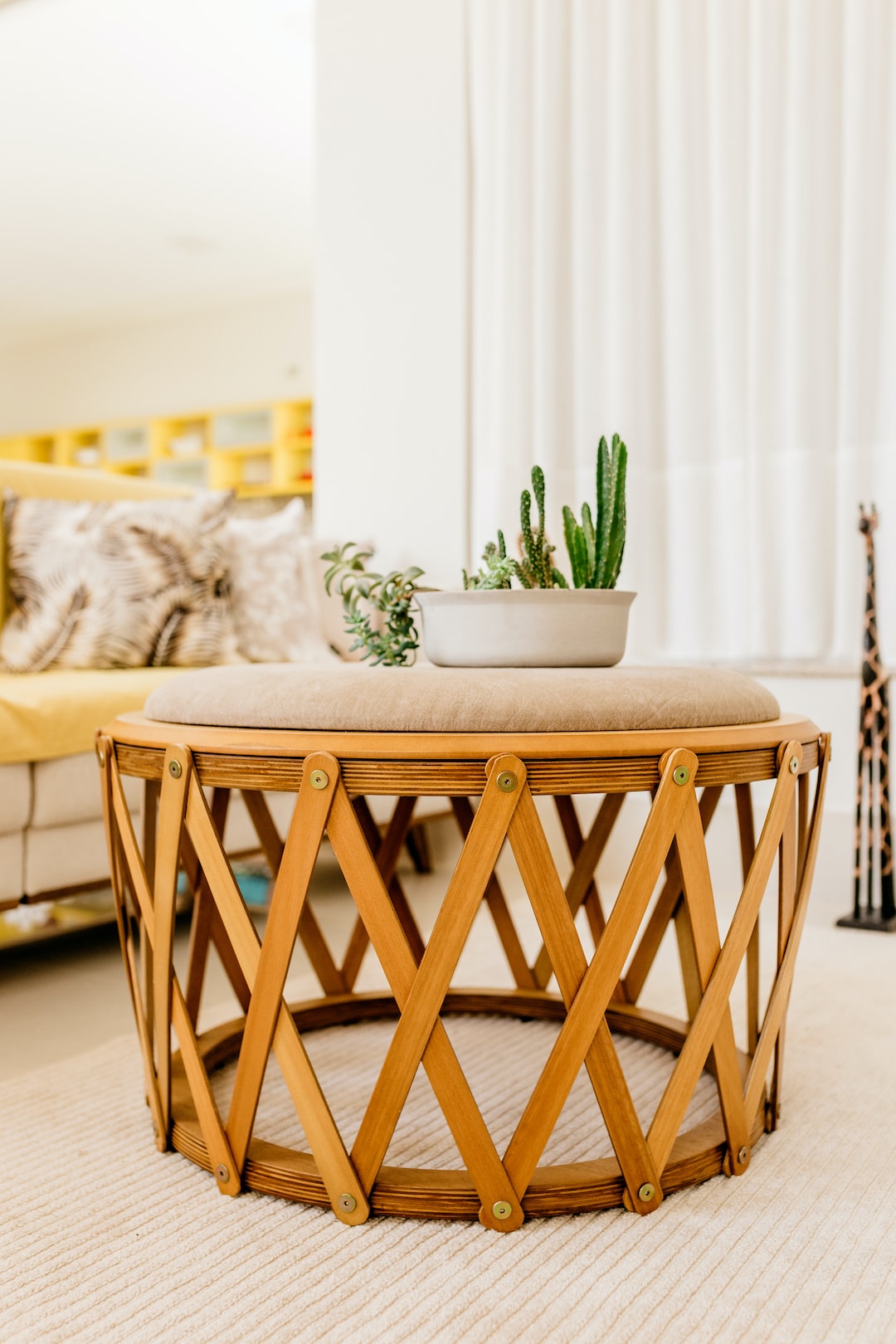When it comes to furnishing your home or outdoor space, you may wonder if there is a difference between indoor and outdoor furniture. After all, furniture serves the same purpose regardless of where it is placed, right? Well, not exactly. While both types of furniture may share some similarities, they also have distinct differences that make them best suited for their respective environments. In this blog post, we will explore the differences between indoor and outdoor furniture to help you make an informed decision for your living spaces.
Materials
One of the most significant differences between indoor and outdoor furniture lies in the materials used. Indoor furniture is typically made from materials like wood, fabric, leather, and other softer materials. These materials prioritize comfort and aesthetics. On the other hand, outdoor furniture is constructed with materials like aluminum, wrought iron, steel, and synthetic wicker. These materials are chosen for the outdoors due to their durability and resistance to weather elements. Outdoor furniture materials are often UV protected and waterproof, ensuring longevity despite exposure to sun, rain, and other environmental factors.
Durability
As previously mentioned, outdoor furniture is designed to withstand the harsh realities of nature. It is built to withstand moisture, sunlight, extreme temperatures, and even insects. Indoor furniture, while it may be of high quality, is not subjected to such challenging conditions. Consequently, outdoor furniture tends to be more durable, with features like rust-resistant frames, weather-resistant cushions, and sturdy construction. Indoor furniture, however, is more likely to prioritize aesthetics and comfort over long-term durability.
Design and Style
When it comes to design and style, indoor furniture usually offers a wider range of options. It is not subject to the constraints imposed by weatherproofing requirements, allowing for more creative and intricate designs. From ornate living room sets to plush bedroom furniture, indoor pieces can cater to a variety of design preferences. Outdoor furniture, on the other hand, tends to have a more streamlined and functional design. It is often simpler in appearance, focusing more on comfort and practicality. However, there are still plenty of outdoor furniture options available that offer appealing designs and styles to enhance your outdoor space.
Comfort
Comfort is a crucial aspect when it comes to selecting furniture for your indoor spaces. Indoor furniture is primarily designed with comfort in mind, providing plush cushions, soft upholstery, and ergonomic shapes. It is crafted to promote relaxation and create a cozy atmosphere within your home. Outdoor furniture, while still providing comfort to some degree, may not be able to match the level of cushioning and softness found in indoor furniture. However, advancements in outdoor furniture design have led to the creation of weather-resistant cushions and materials that strive to offer both comfort and durability.
Maintenance and Care
Another important distinction between indoor and outdoor furniture is the level of maintenance they require. Indoor furniture tends to be less exposed to the elements and therefore requires less maintenance. Regular dusting and occasional upholstery cleaning are usually enough to keep indoor furniture looking its best. Outdoor furniture, conversely, demands more attention. It needs to be regularly cleaned to remove dirt, dust, and other debris. Additionally, some outdoor furniture pieces may require special treatments or covers during harsh weather conditions to ensure their longevity.
Price
Price is often a significant factor, especially when considering your budget. Generally, outdoor furniture tends to be more expensive than indoor furniture. This price difference is primarily due to the use of more durable and weather-resistant materials in the construction of outdoor furniture. While indoor furniture can vary greatly in price depending on materials and brand, outdoor furniture generally commands a higher price tag due to its specialized features and durability requirements.
In conclusion, indoor and outdoor furniture differ in materials, durability, design, comfort, maintenance, and price. It is essential to consider these factors when selecting furniture for your living spaces. Assessing the specific requirements and conditions of each area will help you make an informed decision. Whether it’s creating a cozy indoor retreat or a stylish outdoor oasis, choosing the right furniture will enhance both the functionality and aesthetics of your living spaces. So, take your time, consider these differences, and choose the furniture that beautifully complements your indoor and outdoor environments.

